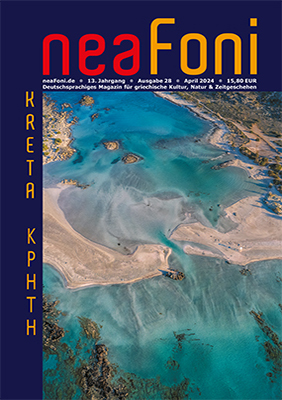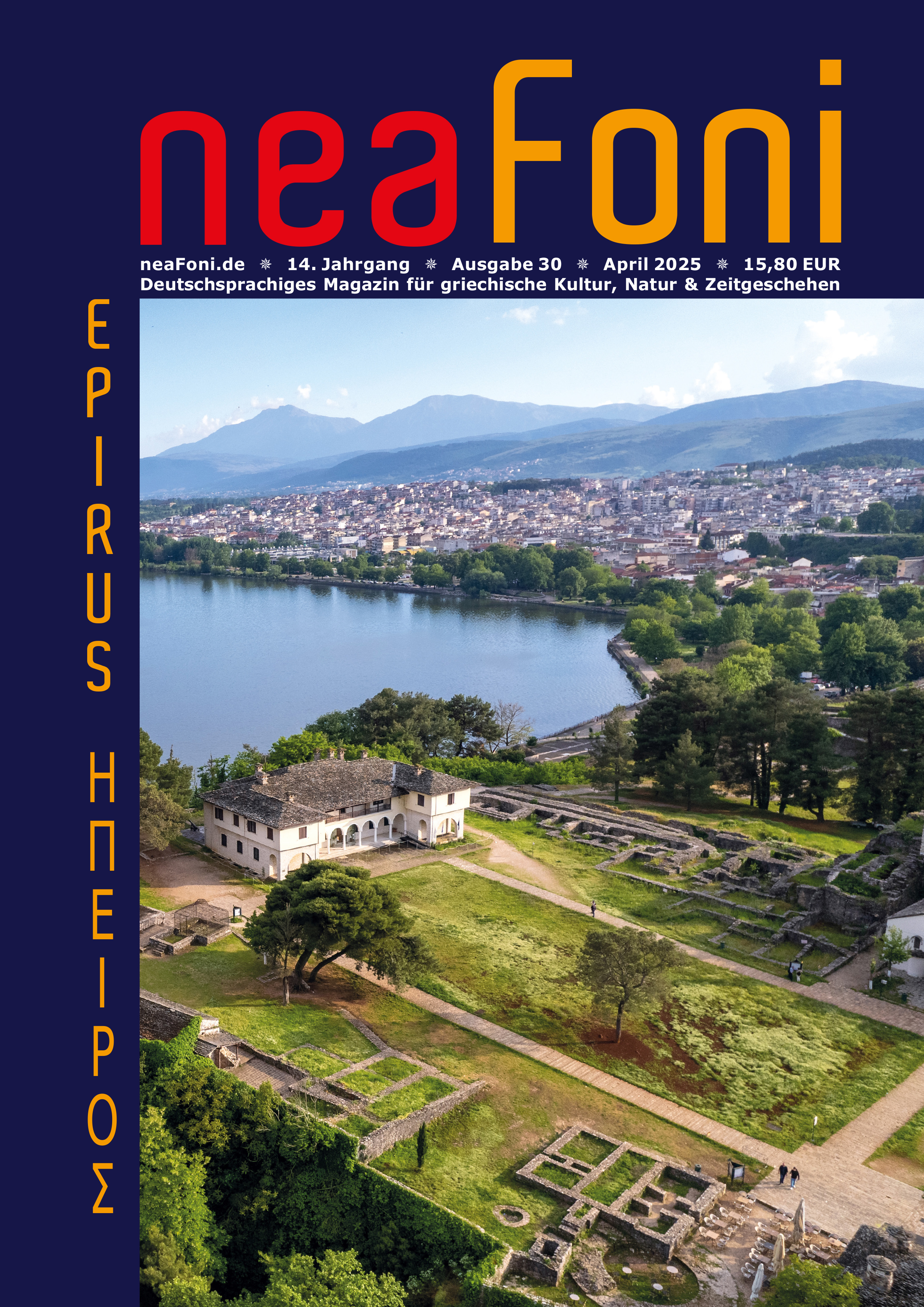06 Juni / Chronik
637 Wörter 2 Minuten 3.301 × gelesen
08 August / Chronik
272 Wörter 1 Minute 3.463 × gelesen
11 November / Chronik
423 Wörter 2 Minuten 3.300 × gelesen
Archäologische Museen
1.524 Wörter 5 Minuten 1.361 × gelesen
Ausgrabungen
1.544 Wörter 6 Minuten 23.664 × gelesen
201 Wörter 1 Minute 2.757 × gelesen
Burgen & Festungen
445 Wörter 2 Minuten 576 × gelesen
1.231 Wörter 4 Minuten 1.458 × gelesen
Rezensionen
776 Wörter 3 Minuten 1.373 × gelesen
9 Artikel gefunden in 7 Artikelgruppen
111 Bilder gefunden




